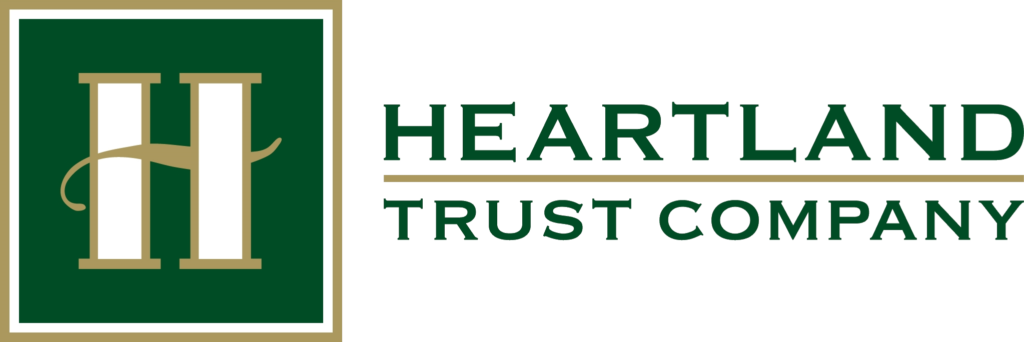A New Year
Last year was unique on many levels. The stock and bond markets had some of their worst years on record. Interest rates hit a 12-year high and the job market saw a lot of movement while unemployment remained low. It was a stressful and confusing year but, like all bad things, it came to an […]
2023 Retirement Plan Updates and SECURE Act 2.0
The end of 2022 brought several noteworthy changes to retirement savings plans. The changes are intended to have positive impacts on the ability to save for retirement and will have lasting impacts on the retirement savings industry in America. In October of 2022, the Internal Revenue Service (IRS) set the 2023 salary contribution limits for […]

